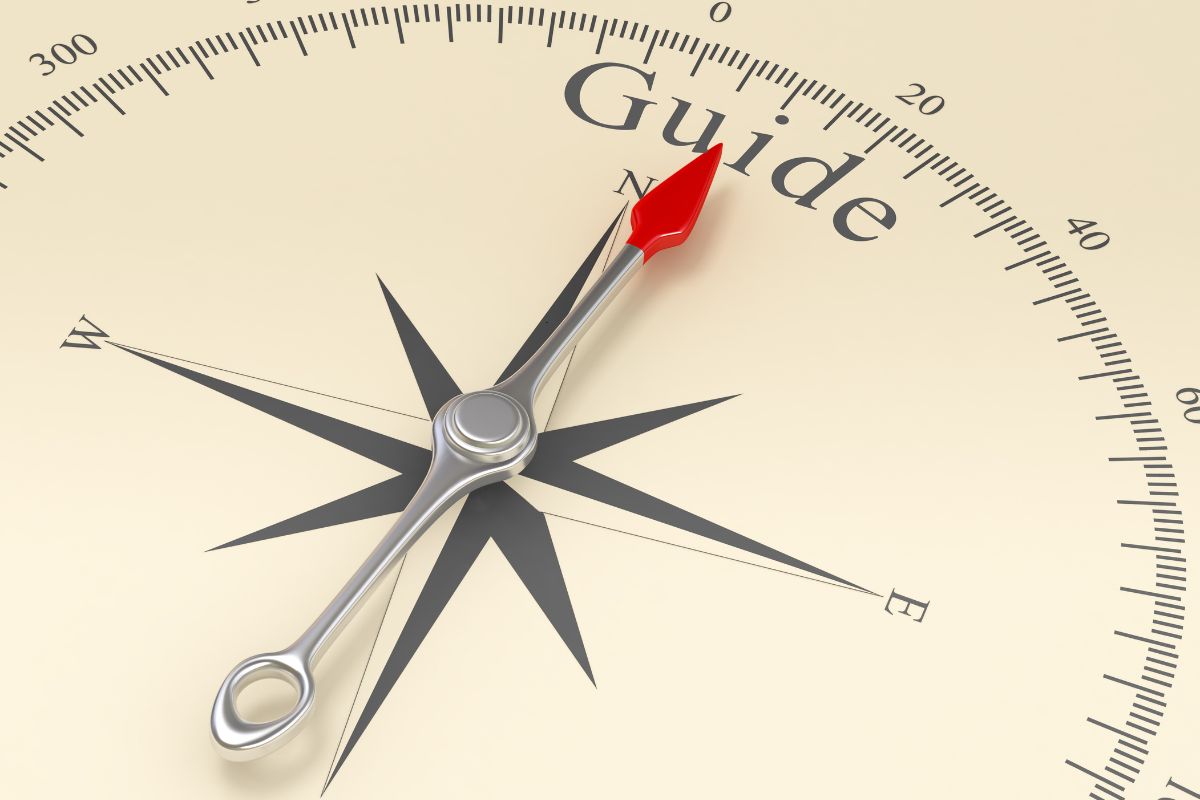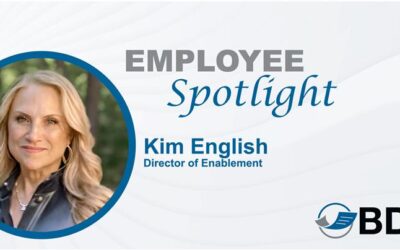It focuses on print needs, ink costs, and long-term value.
1. Understanding the Types of Printers
Before looking at features and prices, it’s important to know the main types of printers available today.
Inkjet Printers
Inkjet printers are widely favored for their capability to produce high-quality color prints and photographs. They are particularly suitable for businesses that need vibrant images or marketing materials but do not prioritize high-volume printing. However, a notable drawback is that replacing ink cartridges can add up over time.
Best for: Small offices needing occasional color printing or photo-quality output.
Laser Printers
A laser printer is designed for speed, precision, and high-volume tasks. These printers use toner instead of ink, making them faster and more efficient for printing text documents and large batch jobs.
Best for: Businesses needing to quickly print black and white or color text-heavy documents.
Multifunction Printers (MFPs)
Also known as all-in-one printers, multifunction printers can print, scan, copy, and sometimes fax. These are perfect for businesses looking to consolidate multiple devices into one.
Best for: Offices that value space-saving, budget efficiency, and centralized printing, scanning, and copying functions.
2. Consider Your Business Needs
The right printer for a business depends heavily on the company’s size, industry, and daily operations. Here are some key considerations:
Volume Requirements
Ask yourself: How many pages does your business print per day or month?
- A mid-range inkjet printer or compact laser printer should suffice for low-volume printing (less than 500 pages/month).
- For medium to high-volume printing (1,000+ pages a month), choose laser printers with a high page-per-minute (PPM) rating. Look for larger input trays and strong duty cycles.
Print Speed (PPM)
Speed is crucial for businesses that deal with a lot of documentation. Print speed, measured in pages per minute, determines how fast your printer can produce output.
- Entry-level inkjets: 5–15 ppm
- Mid-range lasers: 20–40 ppm
- Enterprise-grade lasers: 50+ ppm
For most business environments, anything above 25 ppm is efficient for standard operations.
3. Ink Costs and Cost Per Page
One of the most overlooked aspects of printer ownership is the long-term cost of consumables. While a home printer or budget model might have a low upfront cost, ongoing ink cartridges or toner expenses can quickly add up.
Ink Cartridge Costs
Inkjet printers often use tri-color or individual-color ink cartridges, which may need frequent replacement—especially if your business prints in color regularly. Some printers offer high-yield or XL cartridges, which can help reduce frequency and cost per page.
Toner Costs
Laser printers use toner cartridges that last much longer than ink. Though they can be more expensive upfront, the cost per page is significantly lower, making them ideal for high-volume environments.
Calculating Cost Per Page
To determine the cost per page:
(Cartridge price) ÷ (Number of pages it yields)
Compare this across printer models to find the most economical option for your printing habits.
4. Print Quality and Media Types
Not all printers are created equal when it comes to output quality. Consider what you’re printing most often.
Text Documents
A monochrome laser printer will produce crisp text efficiently if your business primarily prints text documents.
High-Quality Graphics and Photos
Look for an inkjet printer with high dpi resolution and photo printing support for detailed images, color brochures, or photo prints.
Media Handling
Consider printers that support various paper types and sizes (envelopes, labels, legal-sized paper). This versatility is especially valuable in marketing or design-focused businesses.
5. Wireless and Connectivity Features
Modern printers have connectivity options that suit today’s mobile and remote workforce.
Wi-Fi Printing
Built-in Wi-Fi allows devices to print wirelessly, which is essential for teams working from laptops, tablets, or phones. Look for compatibility with services like Apple AirPrint, Google Cloud Print, or Mopria.
Mobile and Cloud Printing
Cloud services enable printing from anywhere. Many multifunction printers support integrations with Dropbox, Google Drive, and OneDrive.
Wired Connections
Ethernet ports are useful for larger offices where network reliability is paramount. USB connections are standard for dedicated, single-computer setups.
6. Scanning and Copying Capabilities
A good multifunction printer will go beyond printing. Evaluate the quality and ease of use of its scan copy functions.
Scanning Features
- ADF (Automatic Document Feeder): Speeds up bulk scanning.
- Duplex Scanning: Scans both sides of the page automatically.
- OCR (Optical Character Recognition): Converts scanned documents into editable text.
Copy Features
- Reduction/Enlargement: Adjust document sizes.
- Multiple Copies: Set the number of duplicates in one go.
These tools are vital for offices dealing with forms, legal documents, or archival work.
7. Size, Build, and User Interface
The size of your printer should match your office space. Also, consider how easily users can interact with the machine.
Compact or Large?
- Home printers or small office models are compact and lightweight.
- Enterprise printers are larger, often floor-standing, with bigger paper trays.
User Interface
Look for:
- Touchscreen displays
- Easy navigation
- Access to maintenance features like toner levels and connectivity settings
User-friendly interfaces reduce training time and minimize printing errors.
8. Eco-Friendliness and Energy Use
Businesses focused on sustainability should factor in a printer’s environmental impact.
Duplex Printing
This enables double-sided printing, cutting paper usage by up to 50%.
Energy Star Certified
Certified printers consume less energy, reducing your carbon footprint and electricity bills.
Toner Recycling Programs
Some manufacturers offer return and recycling programs for used ink cartridges and toner.
9. Security Features for Office Printers
Security is necessary, as sensitive business data often passes through office printers.
User Authentication
Some multifunction printers require a password or ID badge before printing—ideal for shared environments.
Data Encryption
Look for models that encrypt data in transit and offer secure erase features for documents stored on internal hard drives.
Access Controls
Admin tools let you restrict who can copy, print, or fax, ensuring better control over usage and security.
10. Choosing a Reliable Printer Brand
Several trusted manufacturers dominate the business printer space. Each has models tailored to different business needs.
Top Brands to Consider
- HP: Known for versatile home printer options and business-ready multifunction printers
- Canon: Excellent for high-quality photo and media printing
- Brother: Budget-friendly laser printer models with strong text document performance
- Epson: EcoTank series with refillable ink tanks, lowering long-term ink costs
- Kyocera & Ricoh: Reliable high-volume and enterprise-grade models
Look for models with good warranty support and positive customer service reputations.
11. Best Printers Offer Long-Term Value
Going for the lowest-cost printer upfront is tempting, but smart businesses evaluate long-term savings.
TCO (Total Cost of Ownership)
Total cost includes:
- Purchase price
- An ink cartridge or toner replacement
- Maintenance and repair
- Power consumption
- Paper and accessories
Choosing a printer with a lower cost per page, efficient print speed, and durable hardware will pay off in the long run.
Leasing vs. Buying
Consider leasing if your business needs premium features without a high upfront investment. Some providers include maintenance, support, and automatic supply replenishment.
12. Recommendations by Business Type
Startups and Small Offices
- Compact laser printer or multifunction printer
- Wi-Fi and mobile printing
- Moderate monthly page yield
- Example: Brother HL-L2390DW
Medium-Sized Businesses
- Needs: Balanced performance, medium-high-volume output, wireless printing, network-ready
- Ideal Printer: Business-class multifunction laser printer with multiple trays, fast print speed, and strong security
- Example: Kyocera ECOSYS M2640idw – A reliable, efficient multifunction printer with Wi-Fi, duplex printing, and excellent text document clarity.
Large Enterprises and Corporate Offices
- Needs: Enterprise-level high-volume printing, advanced workflow integration, fleet management, low cost per page
- Ideal Printer: Departmental multifunction printers or production-grade laser printers
- Example: Canon imageRUNNER ADVANCE DX 8700 Series – High-performance multifunction printers with exceptional print speed, large capacity, security controls, and support for multiple departments.
13. Bonus: Smart Features to Look For
As business printing evolves, look for models offering the following:
- Touchscreen control panels
- Voice assistant compatibility (e.g., Alexa or Google Assistant)
- App integrations for cloud storage and workflow tools
- Print job tracking and analytics for usage insights
Selecting the right business printer or copier requires careful consideration of print speed, quality, ink costs, volume capabilities, and connectivity options. Aim for long-term reliability and value, whether you need a powerful laser printer for high-volume text or a multifunction printer for tasks like printing, scanning, and copying.
By following this printer buying guide, you can choose a printer that boosts office productivity while managing costs. Before finalizing your choice, review the support, warranty, and ongoing fees offered by each printer.
Trusted Support from BDS – Printer Purchase Guide
BDS is your trusted partner across New England and Florida. BDS is an authorized dealer for well-known brands. These brands include Kyocera, HP, Canon, Xerox, Ricoh, and Konica Minolta.
BDS provides expert services for these products. We provide competitive pricing and personalized support to meet your business needs.
BDS provides many services in Massachusetts, Connecticut, Rhode Island, New Hampshire, Maine, New York, and Florida. These services include printer sales, leasing, rentals, repair, and maintenance. BDS has local knowledge and many years of experience. We ensure your business has the right technology for easy and affordable printing and document management.






